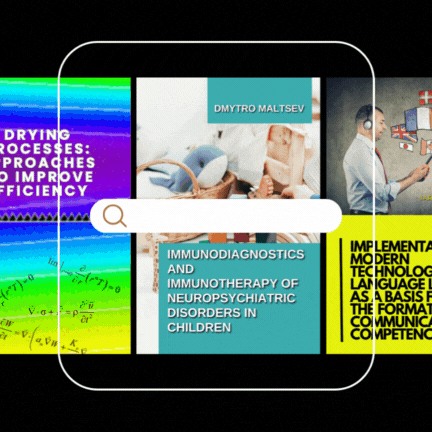Electrochemical removal of nickel ions from neutral and acid regeneration solutions
DOI:
https://doi.org/10.15587/1729-4061.2011.2291Keywords:
Еlectrolysis, ionic exchange, reclaiming solutionsAbstract
The results of investigations to determine the effect of current density, concentration of acid in the anode layer and the duration of electrolysis on the efficiency of electrochemical processing of neutral and acidic waste regeneration solutions containing sodium sulfate and nickel ions are presented in this workReferences
- Максин В.И. Осаждение гидроксидов и гидроксикарбонатов железа, никеля и меди из сточных вод и технологических растворов / Максин В.И., Волуйская Е.А. // Химия и технология воды. – 1989. – Т.11, № 1. – С.12-25.
- Глушко О.В. Вилучення нікелю з промивних вод гальванічних виробництв / Глушко О.В., Радовенчик В.М. // „Наукові вісті НТУУ „КПІ”” – 2006. – № 6 С.123-127.
- Сагайдак І.С. Локалізація та знешкодження стічних вод, забруднених сполуками хрому, кадмію та цинку : автореф. дис. кандидата технічних наук: 10.10 2000 / І.С. Сагайдак [НТУУ «КПІ»]. – К., 2000. – С.11-12.
- Сучасні проблеми охорони довкілля, раціонального використання водних ресурсів та очистки природних і стічних вод. [Донченко М.І., Редько Р.М., Коваленко С.Ю. Електрохімічне осадження нікелю із сірчанокислих елюатів, утворених при регенерації катіонітів ]: матеріали міжнародної науково-практичної конференції, 30 травня 2007 м.Київ,.– Київ: товариство „Знання України”, 2007. – С.69-72.
Downloads
How to Cite
Issue
Section
License
Copyright (c) 2014 Юлія Аркадіївна Омельчук, Олена Володимирівна Глушко, Віктор Сергійович Камаєв, Микола Дмитрович Гомеля

This work is licensed under a Creative Commons Attribution 4.0 International License.
The consolidation and conditions for the transfer of copyright (identification of authorship) is carried out in the License Agreement. In particular, the authors reserve the right to the authorship of their manuscript and transfer the first publication of this work to the journal under the terms of the Creative Commons CC BY license. At the same time, they have the right to conclude on their own additional agreements concerning the non-exclusive distribution of the work in the form in which it was published by this journal, but provided that the link to the first publication of the article in this journal is preserved.
A license agreement is a document in which the author warrants that he/she owns all copyright for the work (manuscript, article, etc.).
The authors, signing the License Agreement with TECHNOLOGY CENTER PC, have all rights to the further use of their work, provided that they link to our edition in which the work was published.
According to the terms of the License Agreement, the Publisher TECHNOLOGY CENTER PC does not take away your copyrights and receives permission from the authors to use and dissemination of the publication through the world's scientific resources (own electronic resources, scientometric databases, repositories, libraries, etc.).
In the absence of a signed License Agreement or in the absence of this agreement of identifiers allowing to identify the identity of the author, the editors have no right to work with the manuscript.
It is important to remember that there is another type of agreement between authors and publishers – when copyright is transferred from the authors to the publisher. In this case, the authors lose ownership of their work and may not use it in any way.









